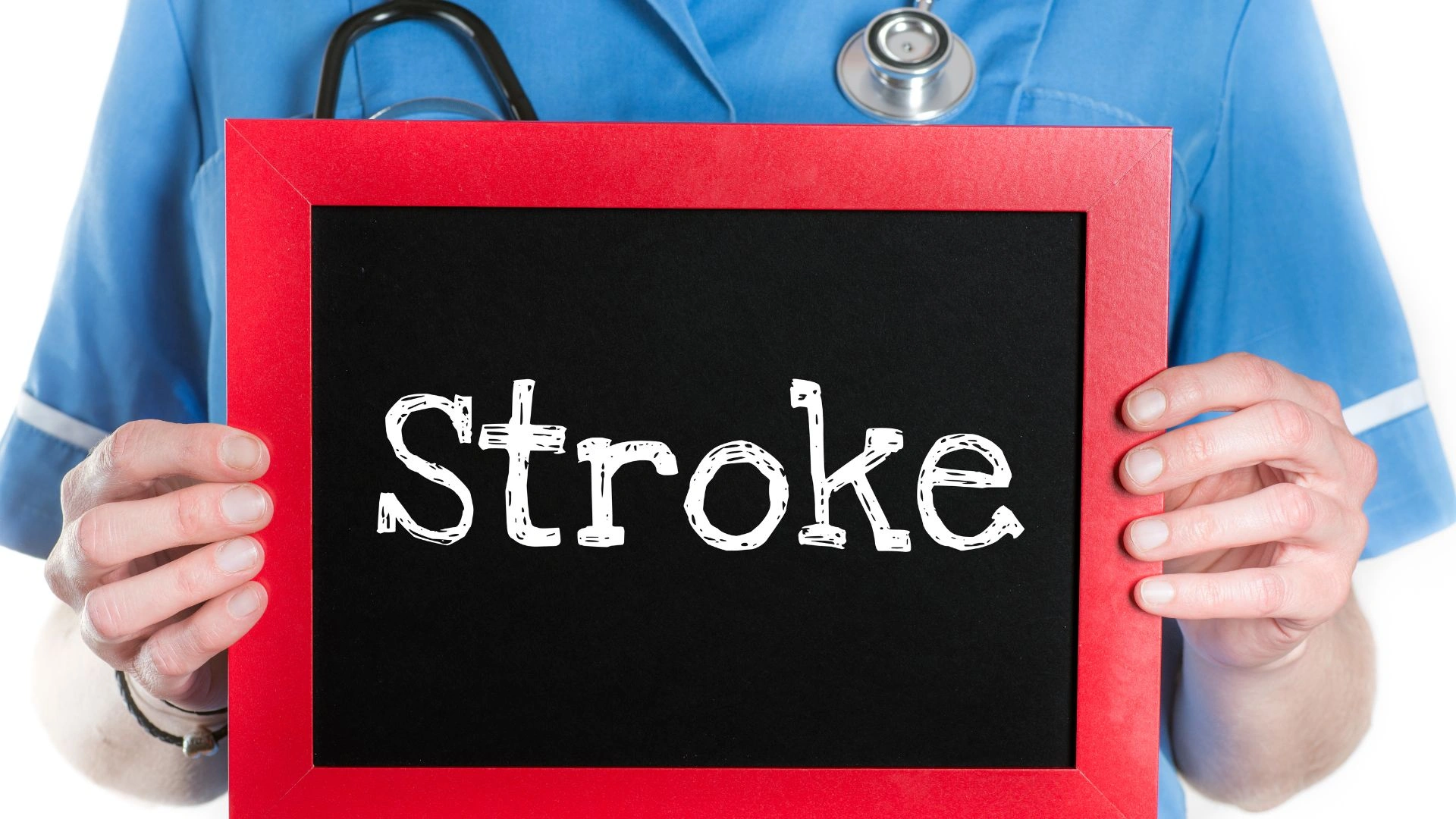As winter settles in, with people enjoying the extra hours of sleep and cozy comforts, it’s easy to forget that the colder months pose unique health risks. One of the most concerning risks during winter is an increase in neurological disorders, particularly strokes. While winter brings its own set of pleasures, it also demands vigilance to prevent serious health complications, especially for individuals with pre-existing conditions.
Winter has been linked to an increased incidence of stroke, with the risk rising sharply during sudden drops in temperature. Understanding why this happens can help us take proactive steps to protect our health. Cold weather can cause a rise in blood pressure and make blood thicker, leading to a higher likelihood of clot formation. These factors can be particularly dangerous for those with heart conditions like hypertension, diabetes, or cardiovascular disease. Cold temperatures also promote vasoconstriction, causing blood vessels to narrow and putting added stress on the heart. Physical inactivity is another contributing factor, as many people stay indoors to avoid the cold, which can worsen conditions like obesity and high cholesterol.
Stroke is generally classified into two types: ischemic and hemorrhagic. Ischemic stroke, which accounts for 70-80% of all cases, happens when a clot blocks blood flow to the brain, causing neuronal death. Studies show that every 1°C drop in temperature increases the incidence of ischemic stroke by 3.9%. Hemorrhagic stroke, on the other hand, occurs when a blood vessel ruptures and causes bleeding in the brain. Both types are more common in winter, and cold weather also increases the risk of heart attacks, which in turn raises the likelihood of stroke, especially in individuals with atrial fibrillation.
Early morning and nighttime are the peak periods for stroke incidents, which often delay family members’ response time. Additionally, winter is known for respiratory infections like the flu, which can trigger inflammation and destabilize arterial plaques, leading to strokes.
Recognizing Stroke Symptoms: It is crucial to identify stroke symptoms early, as timely intervention can significantly improve recovery. The acronym BEFAST can help you remember the signs:
- Balance: Loss of balance
- Eye Signs: Blurred vision, double vision, or loss of vision
- Face: Drooping on one side of the face
- Arms: Inability to raise one or both arms
- Speech: Slurred or unclear speech
- Time: Act fast and call for emergency help
Treatment and Prevention: If stroke symptoms are detected, it’s important to act swiftly and get the person to a stroke-ready hospital within the first four and a half hours (the golden hour). During this time, clot-busting medications can be administered, or in severe cases, mechanical thrombectomy may be performed to remove a clot. Surgery might be needed for large bleeds or brain swelling.
To reduce your stroke risk this winter:
- Stay warm: Dress in layers and ensure your home is adequately heated.
- Monitor health: Keep track of your blood pressure and maintain a healthy lifestyle with a balanced diet and regular exercise.
- Stay active: Keep up with indoor exercises like yoga or stretching.
- Boost immunity: Get your flu shot and practice good hygiene.
- Manage stress: Engage in relaxation techniques such as meditation or deep breathing.
- Hydrate well: Drink plenty of fluids, as dehydration can add to the health risks.
While winter can be a time for enjoyment, it’s essential to stay vigilant about the health risks that come with the season. Understanding the connection between cold weather and stroke risk, and taking preventive measures, can save lives. Recognizing the signs of stroke and acting quickly are crucial to improving outcomes, making awareness and timely response vital parts of winter healthcare.























